Throughout art history, flowers have been one of the most beloved subjects for painters. The vibrant blossoms of flowers have long provided artists with inspiration, with many dedicating their careers to produce still-life paintings of various botanical beauties. From 17th-century Dutch still-life paintings to Japanese woodblock prints, flower art has a long and storied history.
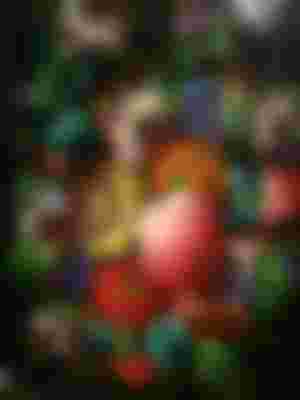
Whether painting roses, irises, or peonies in a vase or painting them straight from nature, each artist brings their own unique style to the finished artwork. In fact, just by examining paintings of flowers over time, one can trace the progression of art history. And even if the history of art isn't something you're particularly interested in, there's no denying that there's a powerful quality to floral paintings, no matter what era it's from. There's a timeless sense of joy, hope, or even moroseness that paintings of flowers can evoke. There's a reason why some paintings of nothing more than flowers have resonated for decades, if not centuries.
These famous flower paintings are reminders of how much nature has to offer and that some of the best inspiration comes from what you can find at your front door. Each painting encapsulates a moment in time, both in the history of art and in the life of the artist who painted it. Take a look at some of the most memorable paintings of flowers created over the last 500 years and you may just be inspired to begin drawing your own flowers.
Believe it or not, still-life painting was once considered a lesser form of art, as the elite favored religious and historical paintings. This slowly began to change through the 16th and 17th centuries, with the Dutch leading the way. The city of Antwerp was particularly important, as artists here began painting monumental size still-life paintings, which often featured flowers. Ambrosius Bosschaert was a Dutch still-life artist known for his love of painting bouquets of flowers with near scientific accuracy. A love for flowers ran so deep in his family that all three of his sons later became flower painters. Bosschaert's flower paintings show symmetrically displayed blooms and he was one of the first painters to focus on painting bouquets. Clearly, his work sparked a trend that has lasted throughout art history.
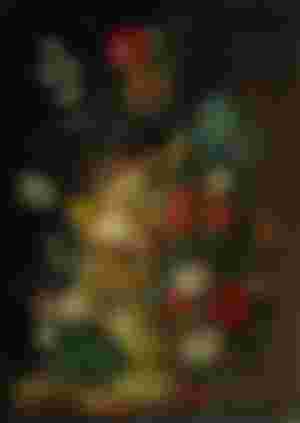
Rachel Ruysch not only has the distinction of being the most well-known female artist of the Dutch Golden Age, but she also elevated flower painting to another level. She was able to invent her own style and enjoyed a 60-year career painting botanical imagery. She broke from tradition and created asymmetrical compositions with her painted bouquets, which made for more dynamic artwork. At the same time, each petal is painstakingly detailed and her knack for putting together richly colored blossoms helped her stand heads and shoulders above other flower painters of the time.
English Romantic painter John Constable is well-known for his landscape paintings, which capture the area close to his home. But by the time Constable was practicing his art, flower painting was a well-ingrained part of the artistic tradition. He, like many famous artists before and after, dabbled in many different genres, including still-life paintings. His Flowers in a Glass Vase is an oil study painted on millboard and now belongs to the Victoria & Albert Museum after Constable's daughter gifted the museum the contents of his studio. The dark, muted color palette is balanced by pops of red and yellow on the flowers, with Constable creating drama through the contrast of light and dark.
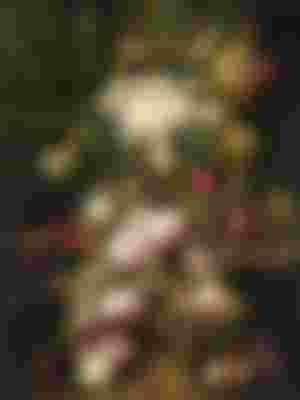
Flowers have historical importance in Japanese culture, whether they are used to create ornate floral arrangements or included in woodblock prints. Ukiyo-e master Hiroshige‘s depiction of hibiscus flowers is a triumph, as their bold orange color leaps from the page. According to the Japanese language of flowers, also known as hanakotoba, the word for hibiscus means “gentle.” These flowers are given as a social custom meant to greet visitors. Hiroshige's 1845 Hibiscus is one of many times he depicted the flower in his color woodblock prints. Occasionally he included birds interacting with the hibiscus; while, in many cases such as this, he filled the entire composition with the plant.

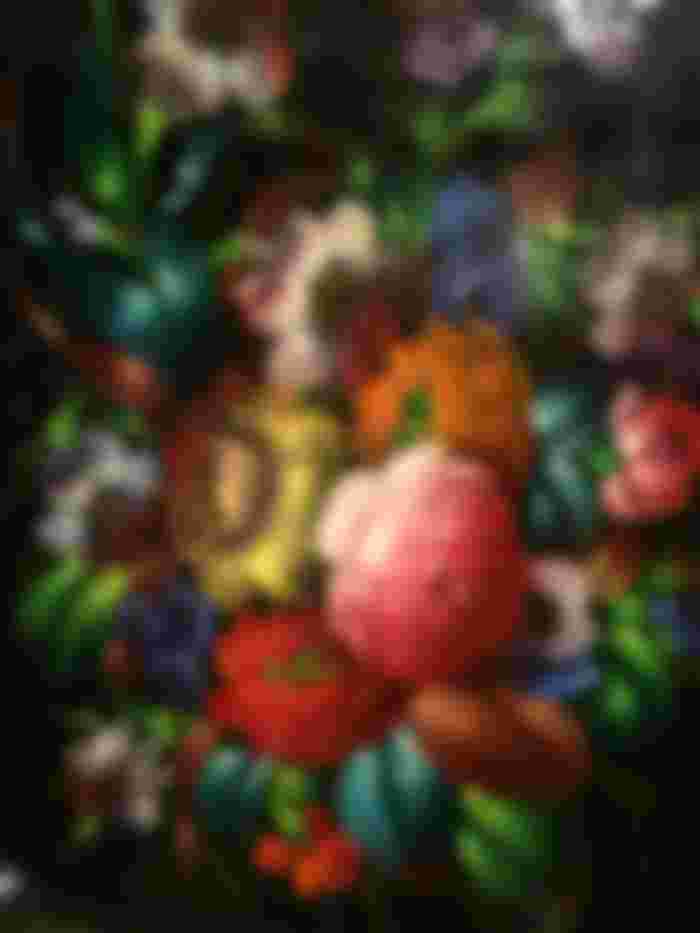

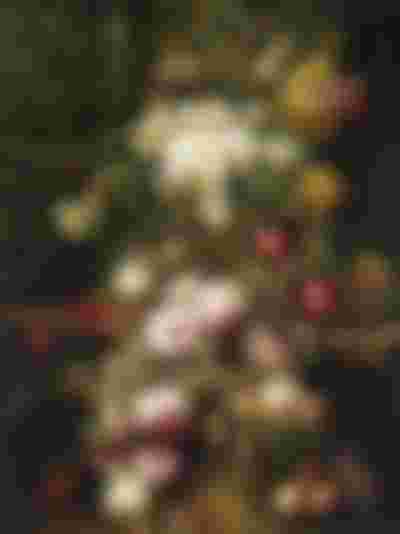

I love art. My favorite is roses